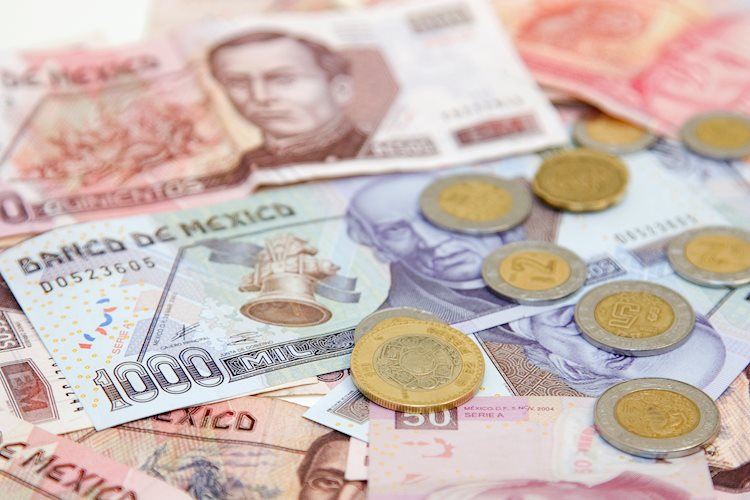The Mexican Peso has experienced losses against the US Dollar due to increasing geopolitical tensions between Israel and Iran, as President Joe Biden discusses potential attacks on Iranian oil facilities. This has caused market sentiment to deteriorate, impacting the risk-sensitive Mexican Peso as an emerging market currency. Consequently, the USD/MXN exchange rate has increased to 19.53, with the US Dollar Index (DXY) rising on safe-haven flows.
Banxico’s September poll of economists and analysts revised their expectations for the USD/MXN exchange rate upward, while inflation projections were lowered. President Claudia Sheinbaum has proposed a wage increase of 12% by 2025. In the US, data revealed an increase in Americans filing for unemployment benefits, with a mixed reading on Services PMI.
Looking ahead, traders are eagerly awaiting September’s Nonfarm Payrolls data, as a strong outcome could boost the Greenback and further impact the Mexican Peso. Banxico’s poll also indicated that the US Dollar would strengthen against the Peso, while inflation is expected to decrease. Despite this, Mexico’s economy is projected to grow at a slower rate in 2024 compared to previous estimates.
Technical analysis shows that the USD/MXN uptrend remains intact, but buyers are losing steam, with the path of least resistance skewed to the downside. Market participants have put the odds of a 25 bps cut at 66.7%, while the possibility of a larger 50 bps cut has diminished. The Mexican Peso is highly influenced by macroeconomic data releases, as a strong economy attracts more foreign investment and can encourage an increase in interest rates.
Overall, the Mexican Peso is impacted by various factors including geopolitical tensions, economic data releases, and interest rate decisions. Traders closely monitor events in the Middle East, economic indicators, and central bank policies to determine the future direction of the Mexican Peso against the US Dollar. As an emerging-market currency, the Mexican Peso tends to perform well during risk-on periods but may weaken during times of market turbulence.











